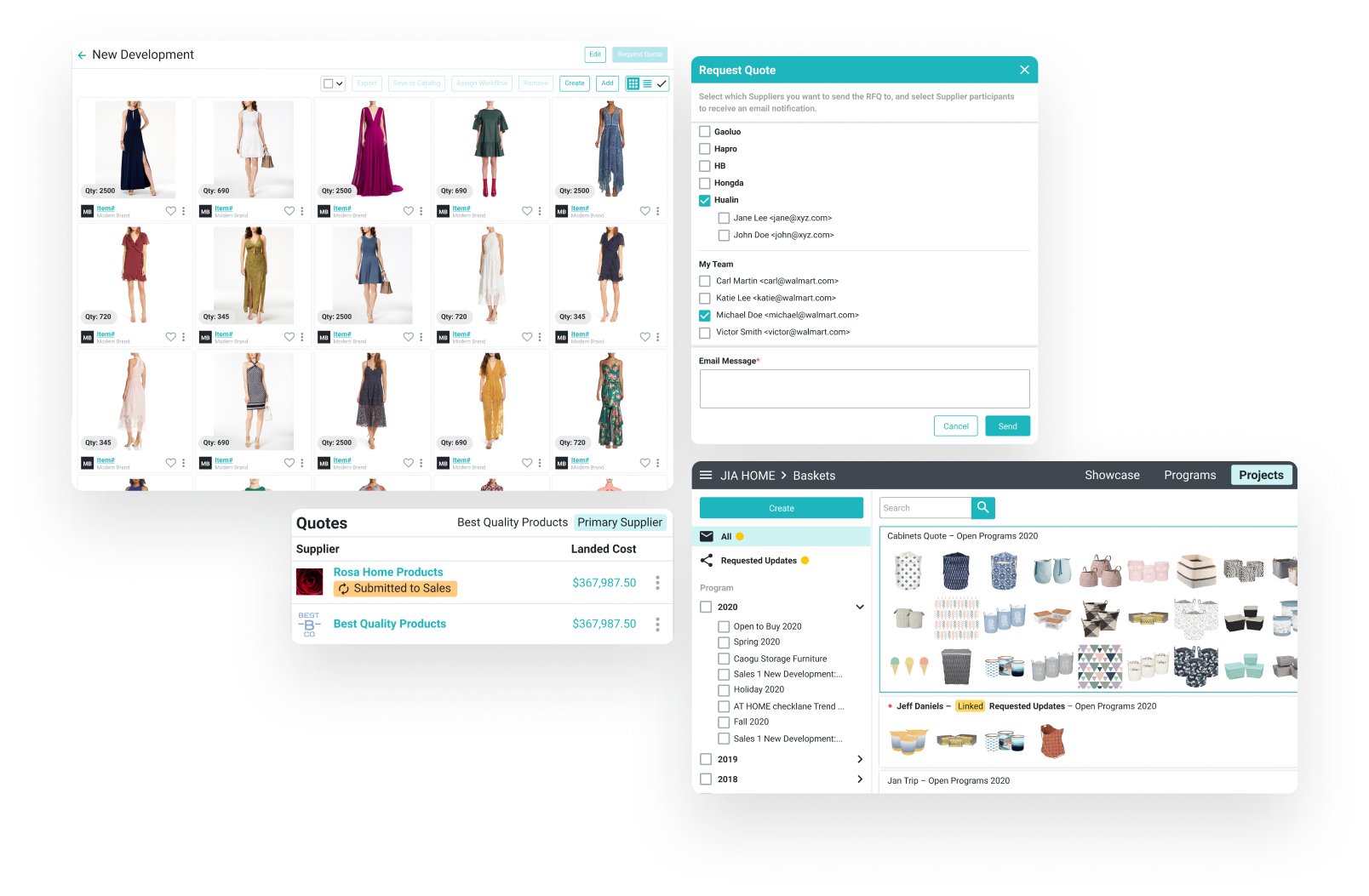Compare / Surefront vs Bluecherry Next
Surefront vs. Bluecherry Next PLM
PLM software makes it easier to communicate with your product development team. But how do you decide which software is best for your business?
Below, you can compare Surefront with Bluecherry. You’ll see how these two platforms stack up when it comes to product development, project management, and more.
The Benefits of Bluecherry Next
Bluecherry Next is a relatively older PLM solution, developed in the early 2000s with a focus on retail fashion and apparel.
Bluecherry offers not just a PLM module, but an ERP and accounting module, both of which are fairly specific and well-tailored to the fashion and apparel space, and can be purchased as a bundled solution. When the solution was introduced, this was a unique and attractive value proposition that allowed Bluecherry to win a decent level of market share.
The Shortcomings of Bluecherry Next
Developing an ERP in conjunction with a PLM that is highly vertical-specific worked for Bluecherry for a while, but the value companies first saw in that bundled solution has waned.
Historically, Bluecherry has been adopted by smaller fashion and apparel companies that are using Quickbooks for their accounting and very basic ERP solutions.
Over time, companies tend to outgrow those tools, which are meant for small businesses, and need to seek out a new ERP solution. Typically, this is when they want to move to an industry-leading ERP - think Oracle, NetSuite, Accumatica, or SAP. Although smaller companies may find it easy and convenient to go with a bundled, vertical-specific software suite, medium-sized fashion/apparel companies very rarely look to an industry specific ERP like the one Bluecherry has built - the majority of their use cases are addressed by the big guys, so there is little value in it. This has been a challenge for Bluecherry as the marketplace evolves and, to continue winning new and supporting old business, they have been forced to spend too much time and money building functionality into their ERP to support highly unique edge cases instead of growing and modernizing their ERP and PLM. Sadly, Bluecherry's strategy is causing them to drown in the face of much larger, better funded ERPs.
As Bluecherry's ERP becomes more and more outdated due to lack of investment (they offer poor user experience and thin support for their web-based solution, and are missing chat functionality and any sort of collaboration ability), their current ERP customers are looking to leave. When companies start to evaluate their Bluecherry ERP, they tend to evaluate new PLM solutions as well because there is not enough value in the Bluecherry Next PLM if it isn't being used alongside the Bluecherry ERP...it's certainly not a good enough product that companies consider spending time, effort, and money integrating into whatever new ERP system they adopt.
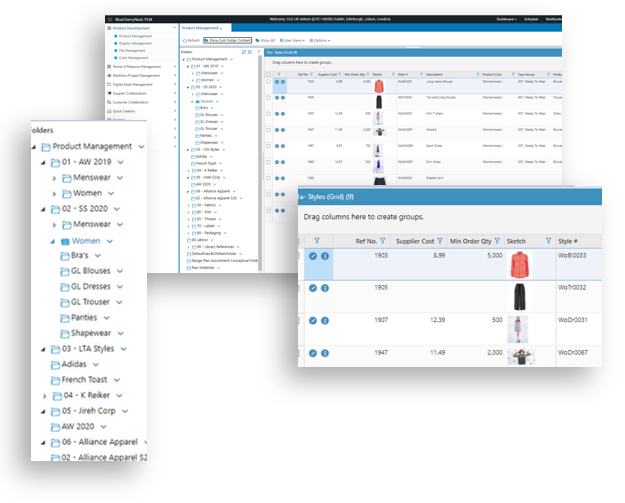
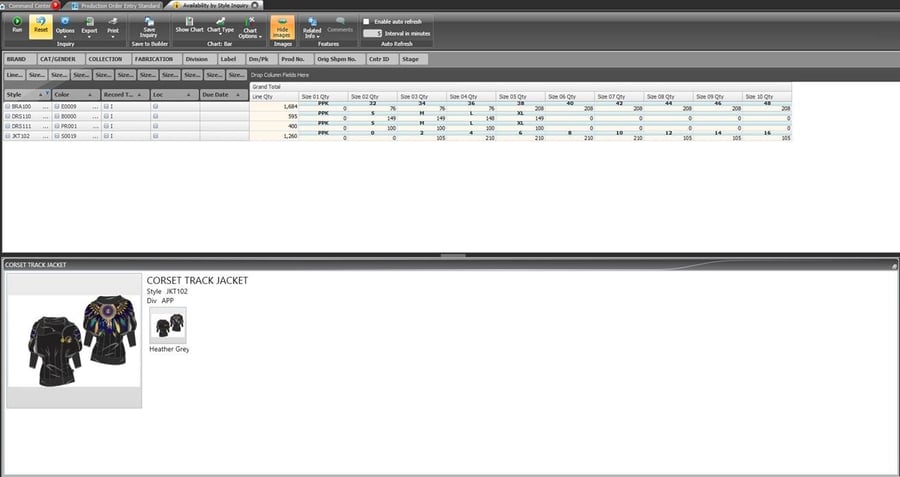
When To Choose Bluecherry Next
If you are a small fashion or apparel company (with no plans for growth) that sees value in adopting an ERP bundled with a PLM specifically for your vertical, you may want to check out Bluecherry. Keep in mind that the platform is aging and the company is not able to make the investments needed to modernize either module so, if you do go with Bluecherry, you will be working in a dated platform.
When To Go With Surefront
Surefront is a shared workspace that gives your internal and external teams (supplier partners, vendors and factories) a place to fully collaborate all the way from new product ideation through production so that you don't have to spend all of your time migrating data into and out of a PLM system. This is important if you want to run an efficient, fully collaborative process without the risk of human error. It's also key to eliminating the lion's share of administrative tasks and savings tons of time for your team members. As a bonus, less busy work usually equates to happier team members, which translates into improved employee retention.
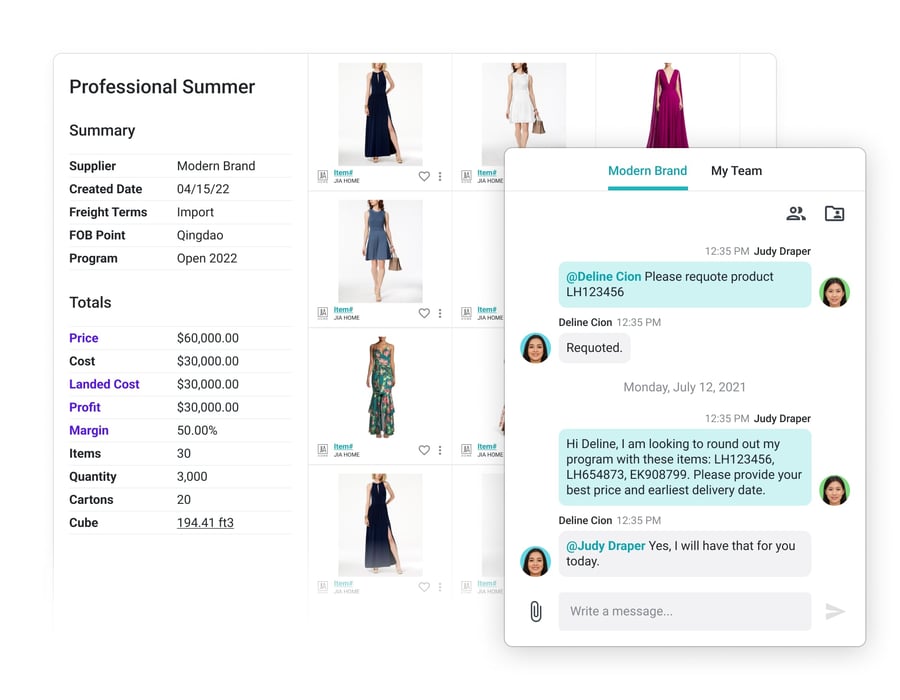
Beyond that, Surefront has a best in class product information management module that helps teams outside of product development and merchandising find and utilize the information that those two teams are creating and bringing to market in order to facilitate eCommerce sales, marketing, customer support and more.
Surefront's user experience is top notch as well, making it a great tool for any team made up of digital natives.
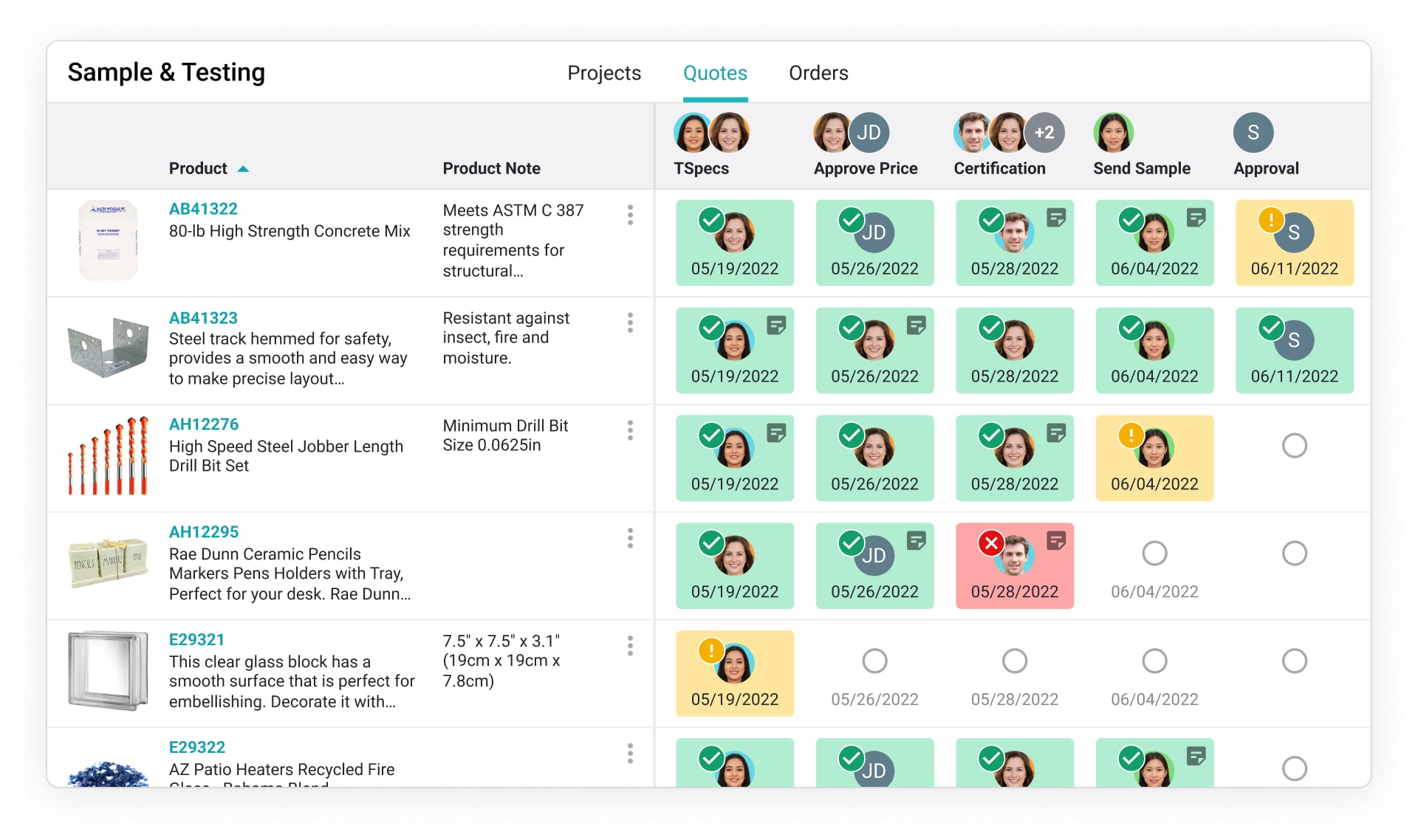
Feature Comparison: Surefront vs. Bluecherry PLM
Surefront offers several features Bluecherry doesn’t, including custom workflows, contextual external communication, visual search and sorting abilities. Here’s a complete list:
|

|
|
Product Database |
||
Custom Exports |
||
No-Code Product Data Model |
||
Custom Project Management Workflow |
||
Contextual Communication |
||
Vendor Collaborative Workspaces |
||
Free Vendor Access & Onboarding |
||
Consumer-Grade User Interface |
||
Integrations |
||
Visual Assortments |
||
< 3 Month Adoption Time |
||
U.S. Based |
